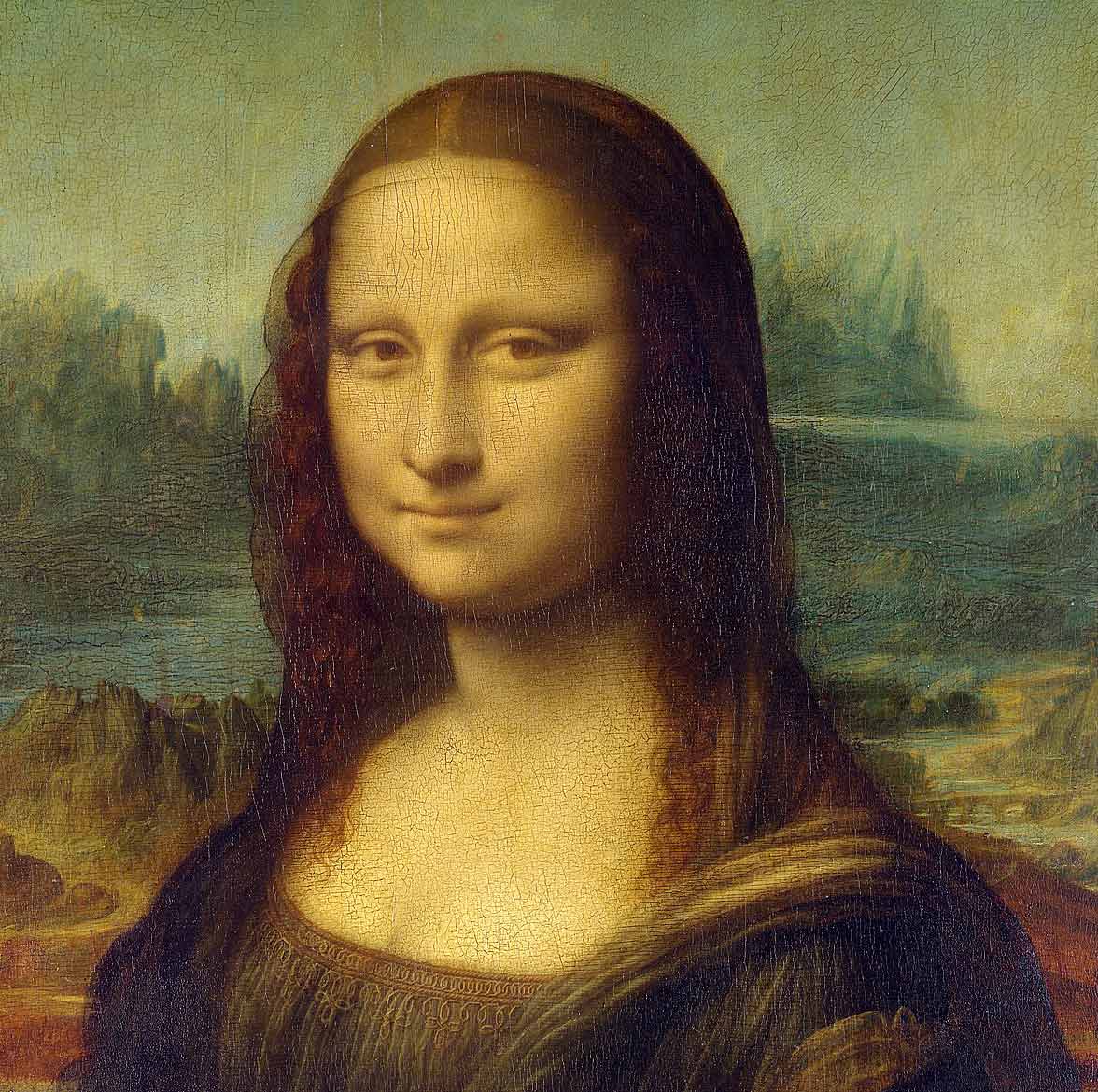How Artists Use Flowers To Convey Meaning
For instance, a bouquet of white roses is often used to express fidelity and purity, whereas red roses represent passion. With this extra layer of meaning behind them, it is easy to see why flowers remain a popular topic for artists of all genres and disciplines. If you want for inspiration for your next piece, join us as we investigate the history behind five iconic flowers and discover why including flowers in your artwork can improve mental health.
 Rose, from Flowers and Plants: An Image Archive for Artists & Designers Rose, from Flowers and Plants: An Image Archive for Artists & Designers |
What Does The Rose Symbolise?
The rose has been a symbol of love for centuries. Traditionally, the darker, rich red shades were associated with mature, passionate love, and the pale white or blush flowers related to youthful purity, grace and modesty.
 |
The exquisite colour range of roses has inspired artists throughout the ages. The Swing by Jean-Honoré Fragonard (above) is full of symbolism, and the artist has used light pink roses to indicate pleasure (watch a fascinating video analysis on The Swing).Renoir's Bouquet of Roses (below) showcases the beauty and joy a bouquet of red and pink roses brings.
What Is The History of the Daffodil?
 John William Waterhouse - Echo and Narcissus
John William Waterhouse - Echo and Narcissus
|
Snowdrops In Art: What Do They Mean?
 Snowdrop, from Flowers and Plants: An Image Archive for Artists & Designers |
Blanzifiore (Snowdrops) by Dante Gabriel Charles Rossetti, is a stunning work of art that captures the beauty and grace of the human form. The painting depicts Jane Morris (wife of William Morris) in a moment of contemplation, her gaze soft and distant as she holds a posy of snowdrops close to her face. Her clothing is ethereal, and her hair is unbound and wild, cascading around her neck in gentle waves as if caught in a light breeze. Rossetti uses an intricate layering technique in this painting; his brushstrokes and pigment create an airy atmosphere within the image to capture the viewer's attention. By framing his subject within a blurred background, he further emphasises her presence within this dreamlike landscape. The result is a timeless masterpiece that radiates beauty and serenity and reflects on themes such as mortality and fragility while celebrating femininity and grace.

|
How Did The Passion Flower Get Its Name?
|
|
 |
What Do Lilies Symbolise?
The lily flower has become a powerful symbol of innocence, purity and fertility in many cultures. People may have derived this meaning from a Greek myth about the goddess Hera, who became angry when Zeus, her husband, fathered a son with a mortal woman. Hera was tricked into breastfeeding the child as her own, and when she discovered the deception, she tossed the baby away, causing drops of her breast milk to spill onto the ground. According to the myth, these drops became the first lilies. Lilies are often seen as symbols of devotion and innocent beauty, and white lilies are a popular funeral flower because they symbolise sympathy, purity and modesty.
 |
Carnation, Lily, Lily, Rose (1885-6) (below) is a painting by John Singer Sargent and one of the few he painted out of doors in England. The picture shows two young girls in a flowering garden full of lilies who are lighting Chinese lanterns on a twilit summer's evening. He only had a few moments to paint in the right light, so he composed his scene and posed his models in advance.
 |
What Are The Benefits of Drawing Flowers?
Interested In Learning More?
Discover more stunning botanical illustrations in our titles Vintage Botanical Illustrations Volume.2 and Flowers and Plants









